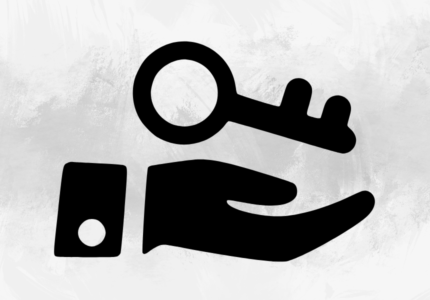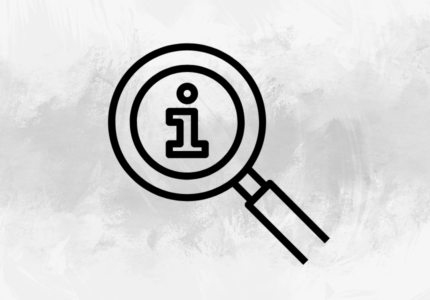
Your resume is the most important document in your job search toolbox. A great resume can open doors to a variety of professional opportunities. Although writing the perfect resume can be difficult for many, the following steps can help you simplify the process:
1. Choose whether you want your resume to be chronological.
A chronological resume highlights your work history with the most recent position being listed first, while a functional one focuses more on your skillsets and experience. If you have a consistent track record of work, a chronological resume is best. A functional resume might be better if you have significant gaps in your work history.
2. Concentrate on achievements, not job responsibilities.
This is the most common mistake I see in resumes. A resume should not include a list listing your responsibilities and duties. Your resume should include details about your accomplishments that will help potential employers find you. You don’t have to say that you managed a budget of $10 million. Instead, talk about how you cut costs by 10% and saved a million dollars. This is a powerful statement about your contribution to an organization.
3. Give specific examples of your achievements.
If you’re a salesperson, tell us about the time when you convinced a reluctant customer that your product was worth their while. Discuss the online training courses that you created to significantly reduce educational costs if you’re a training specialist. If you’re a marketing manager, tell us about the promotion strategy that you created to increase company sales.
4. Make a keyword-rich, professional resume.
Start by looking at job descriptions and company information. Then make a list with keywords that are used by the employer. These terms should be included on your resume if you are looking for candidates who are “results-oriented”, “dependable” or “dependable”. You should also include the phrase “HTML programming experience” if you are applying for a job.
5. Be aware of the length of your resume.
A one-page resume is the best for new workers. Experienced professionals can have a two page resume while senior executives can have a three- to four-page resume. A curriculum vita (or academic resume) can be longer. Your resume should not be longer than it is necessary.
6. A career summary is better than a career goal.
Employers will be able to see your career summary, while a career objective will tell them what you are capable of. Communicating the value you add to an organization is better. Your cover letter should also communicate your career goal. Your career summary should include a short description of your skills and qualifications that will help you to be successful in a given position.
7. Customize your resume to a specific job opening.
You don’t need a resume that is all-purpose for every job. Instead, consider your resume as a template you can modify depending on the needs of each job opening. You don’t have to make major changes for other openings within the same field.
8. Create multiple resumes.
You should create multiple resumes if you are applying for different job areas (e.g. marketing or human resources). If you are applying for jobs in the same industry, but in different occupations (e.g. manufacturing or education), this rule also applies. Although the resumes won’t be very different, they will have to reflect the differing job expectations and keyword usage.
9. Use well-written, accurate
content. Your resume should reflect your professionalism. Your credibility and perceived expertise will be diminished if you use poor grammar. False or inaccurate information is worse. False or inaccurate information on your resume will most likely not help you find a job. It may even come back to haunts you.
10. Proofread, edit and proofread.
Yes, at least three times should you read your resume. Have a friend or colleague proofread your resume. Even if you’ve reviewed the document multiple times, they will spot errors that you didn’t notice.





